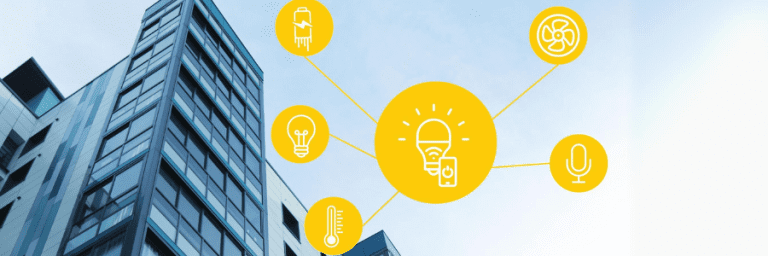

Transforming Lighting at Canadian College Surrey Campus with Mac’s II Agencies
From enhanced energy efficiency to modern design, see how this project is setting a new standard in campus lighting.
When was the last time you tested the fire alarms in your buildings? Are your sprinklers, emergency lighting systems, and other electrical components in working order, well-maintained, and up to date? These critical components, known as life safety systems, help keep everyone – and your assets – safe in the event of an emergency.
While life safety systems are typically installed during a building’s construction, it’s important to keep them maintained to prevent loss of life and property during emergencies.
Here’s what you need to do, and when, to ensure you’re prepared for any potential emergency:
Air purification systems can help combat air pollution, but you need to regularly test these systems to ensure they’re operating properly. You can do the following to make sure you’re on track:
Critical to the safety of any building, fire alarms and CO2 alarms alert occupants to potential hazards, ideally with enough time to evacuate. In case of fire or a CO2 leak, early detection is essential, because the risk to occupants increases the longer a hazard goes undetected.
These alarms are only effective when they’re in good working order, however – making regular testing essential. Regular testing of these devices helps you:
If your building has a sprinkler system, be sure to test and inspect this annually, as well. Inspections should include a close look at all components, from the sprinkler head and pipes, to fittings, water flow alarm, tamper switch, and valves, including the main drain valve.


Emergency lighting systems are critical to providing backup lighting during power outages, fires, and other emergencies. And for systems that rely on batteries, battery backups are crucial to safety.
Testing of emergency lighting systems depends on the building’s usage, occupancy, and type of system. For commercial buildings, monthly testing of emergency lights and exit signs, and annual testing of batteries for backup power, is recommended. Residential buildings often have less complex systems and can be tested every six months. Regular testing of emergency lighting and battery backups helps ensure:
Ground fault circuit interrupters (GFCIs), also called ground fault interrupters (GFIs), protect against electric shock by detecting current flow differences in an electrical circuit’s wires. These devices, like the Leviton GFI, quickly cut off electricity when a ground fault is detected, which can prevent injuries or even death.
To maintain safety in your building, regular testing of GFCIs is crucial. This can be done by simply pressing the “test” button on the GFCI to simulate a ground fault, or by using circuit and voltage testers. Ideally, you should test GFCI outlets monthly, or at least every three months. Here are some additional reasons to test regularly:
Frequent testing of life safety systems helps you protect building occupants and property, identify potential issues, comply with legal and regulatory requirements, reduce insurance premiums, improve your systems’ performance, and gives you peace of mind.
Be sure to make regular testing part of your maintenance routine. It can also help raise general awareness about electrical safety, which adds an extra layer of protection.
Do you have questions about how to improve life safety systems in your building? Contact our experts to find the right solutions for your property!


From enhanced energy efficiency to modern design, see how this project is setting a new standard in campus lighting.


LED lighting options come in a spectrum of hues known as colour temperatures. This correlates to how warm (yellowish) or cool (bluish) the light appears.


Smart lighting retrofits for multi-family buildings might seem daunting, but the investment can be all worthwhile.

Customer Service
1.888.467.7626